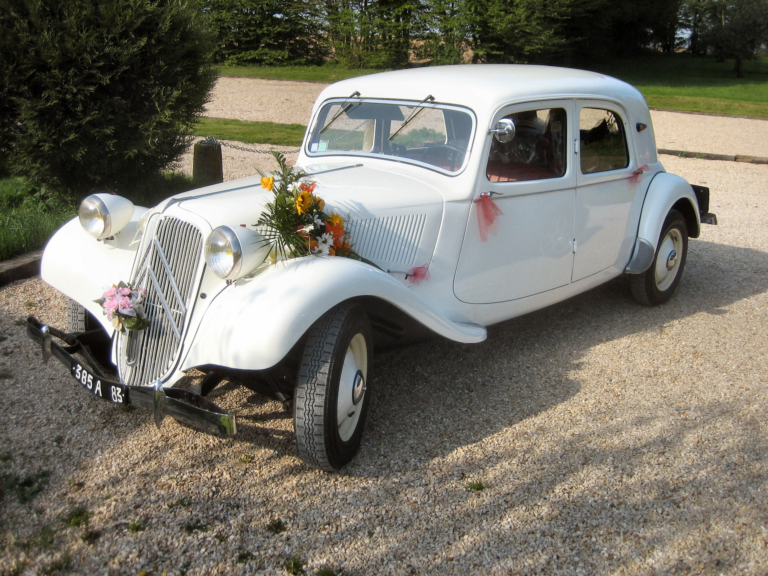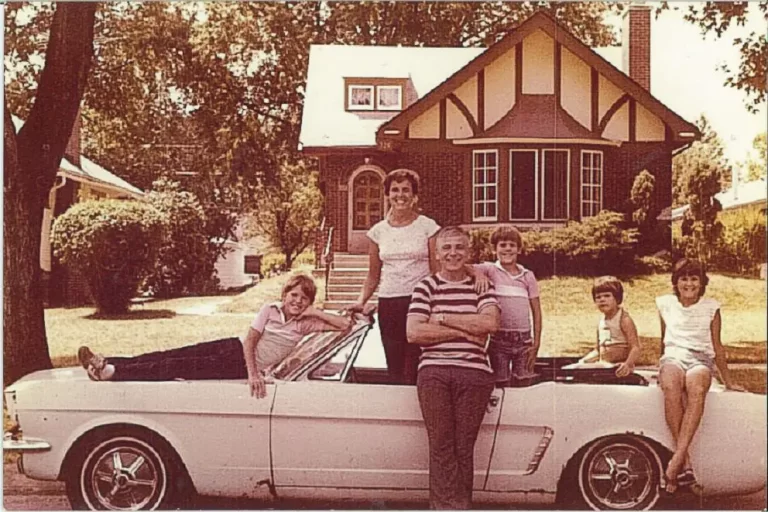
On January 31, 1907, the Paris newspaper Le Matin issued a challenge to admirers of relatively newfangled machines called automobiles: drive one from China to France. The idea was to show beyond doubt that the automobile was a valuable, necessary means of transportation. The article read, “What needs to be proved today is that as long as a man has a car, he can do anything and go anywhere. Is there anyone who will undertake to travel this summer from Peking to Paris by automobile?” The editors of the paper received an astonishing 40 entries for the unimaginably difficult journey across untamed lands from what is now Beijing to the home of the Eiffel Tower.

Top: Auguste Pons with Oscar Foucault as mechanic in their Contal, which did not finish
The automobile was of course still in its infancy when the challenge was issued, as was any road system designed to carry them. Traveling from Peking to Paris in the early 20th century was an arduous task, often taking weeks or even months via some combination of walking, animal pulled carts, trains and ships. To make the 9,317 mile journey in a single machine for which there was no designed throughway, was all but impossible, and dangerous no doubt. Apparently, 35 of the 40 people who signed up for the trip thought so too.
Planners of the event, which was not originally intended to be a race, but a demonstration of automotive capabilities, established a crude course that followed a telegraph line. Much of the route had only been previously traversed via horseback and foot. By following the wires, a journalist assigned to each car could send wire stories from telegraph stations along the drive. As the event approached, guides with camels loaded with gasoline spread throughout the course. Their mission was to make refueling possible in remote locations.

Before the beginning of the race on June 10, 1907, Mumm offered a magnum of champagne to the winner. This made the, ahem, pleasure, ahem, cruise into an outright contest. Despite the race being officially canceled due to an inability to implement rules, regulations or provide other assistance, five teams decided to attempt the journey. They were:
- Itala, driven by Prince Scipione Borghese and Ettore Guizzardi
- Spyker, driven by Charles Godard and Jean du Taillis
- DeDion, driven by Georges Cormier
- DeDion, driven by Victor Collignon
- Contal, a three wheeled cyclecar driven by Auguste Pons

The journalist riding with Prince Scipione Borghese in his Itala 35/45 HP was Luigi Barzini Sr., an Italian war correspondent and journalist. He snapped hundreds of photos and took detailed notes of the journey as the team passed through lands occupied by people who had never seen a car before. His accounts and images were published the year after the race in the book Peking to Paris, which was translated into 11 different languages.
The route took the drivers through Moscow. Upon arrival to the Russian city with a comfortable lead, Borghese planned a detour to St. Petersburg to attend a dinner in honor of him and his co-driver, Ettore Guizzardi, who was normally Boghese’s chauffeur. Some accounts state that Guizzardi did much of the driving on this trip too. The extra miles did not prove any more detrimental to Borghese’s place in the race than the quicksand, steep ravines, collapsing bridges and other obstacles that he had already conquered.

It was on this day in 1907 that Borghese, Guizzardi, and Barzini Sr, crossed the finish line in Paris. They had completed the nearly 10,000 mile journey in two months and collected the prize of a bottle of bubbly. In second place was Charles Godard in his Spyker. The two DeDion autos rounded out the finishers. The Contal never finished, having become stuck in the Gobi desert. While the crew was rescued by locals, the car remained trapped, a reminder of the adventurous spirit of automotive pioneers.


















